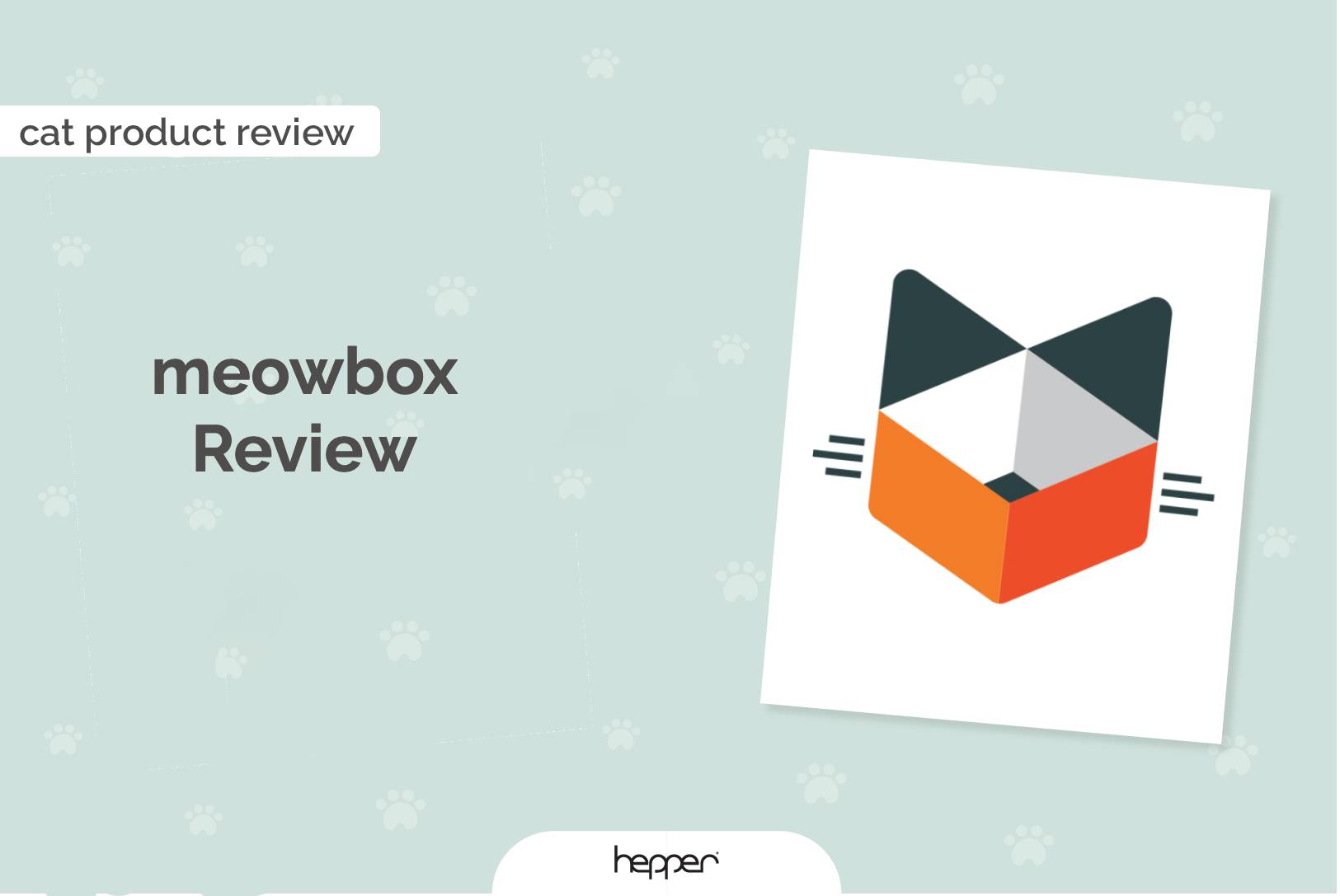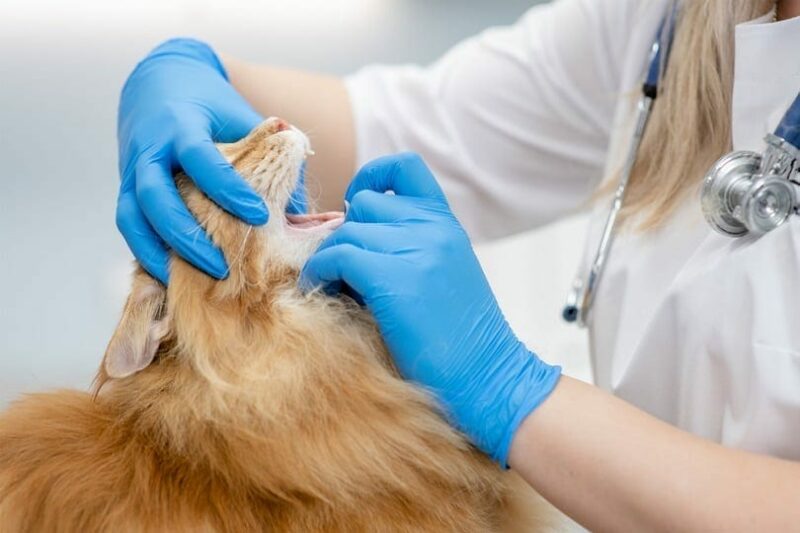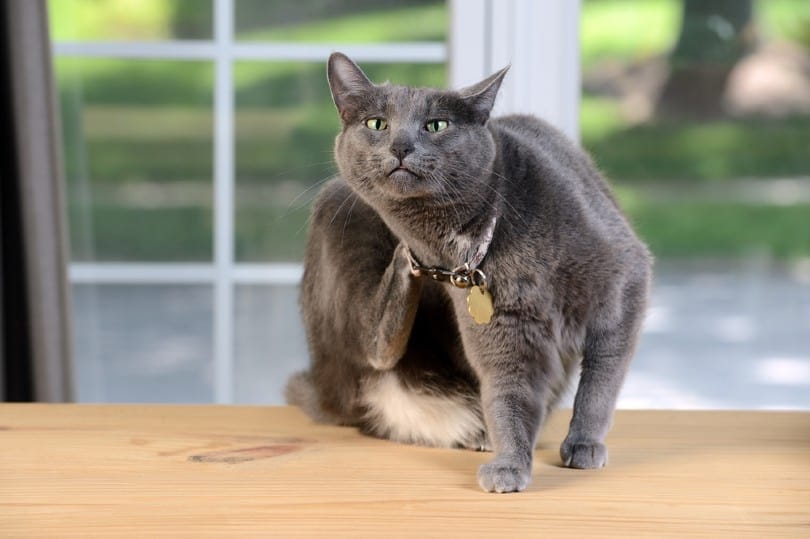What Vegetables Can Cats Eat? Vet-Approved List & Facts
Updated on
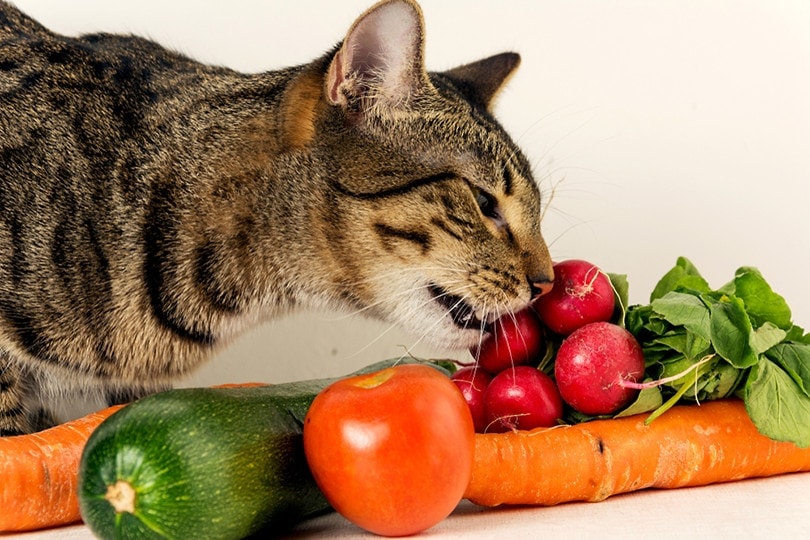
Click to Skip Ahead
Every cat parent knows their kitty goes bananas for meaty treats like chicken, beef, and fish, but it may have never occurred to wonder if cats can even eat other types of foods. For example, what types of vegetables can cats eat? A lot, as it turns out, but we should caution you that cats need a diet of mainly animal-based proteins and that they don’t need to eat veggies or fruits on a regular basis.
That said, they can be a scrumptious and nutritious snack. Look down below for some of the best veggies for cats, and stay tuned further down for other dietary tips and info about our favorite felines.
Best Vegetables for Cats:
- Broccoli: Broccoli is one of the best veggies for kitties, packed with potassium, vitamin C, fiber, and a high water content.
- Celery: Chopped celery added to your cat’s food can add some visual interest, and the high water content helps keep them hydrated.
- Green beans: Just like with dogs, green beans are high in fiber and help manage overeating and excessive weight gain.
- Peas: A great source of protein and high in fiber, peas can help make your cat feel fuller at mealtime.
- Sweet potato: A small serving of mashed sweet potato with their meals can help your cat stay full for longer, plus it is packed with vitamins A and C.
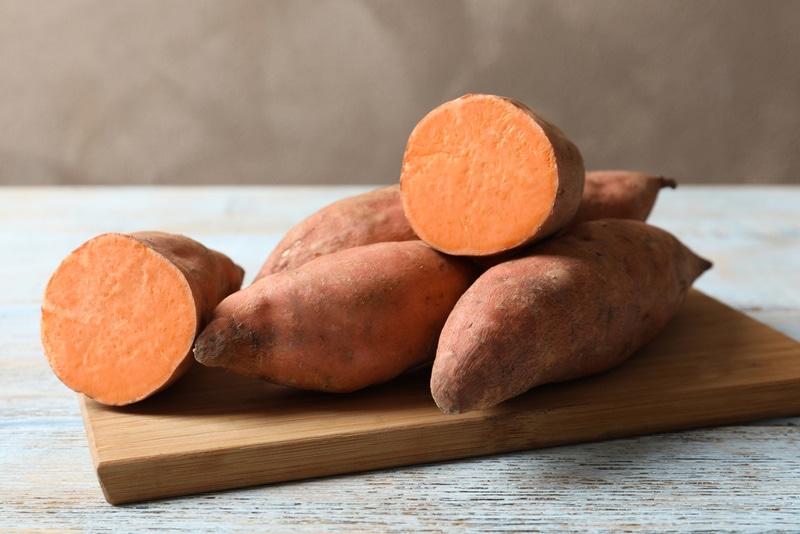
Are Vegetables Healthy for Cats?
While vegetables do have a lot of health benefits for cats, cats need mostly protein-based diets with a lesser amount of fats and carbs. So no, vegetables aren’t really healthy in the sense that your cat needs to eat them daily like we do. Veggies are best used as an occasional side, with some of the best high in fiber that help promote healthy digestion in cats.
Vegetables should definitely not be a regular or large part of your cat’s diet unless otherwise advised by your doctor for health reasons. Portions vary, but as a rule of thumb, you should start with very small amounts when introducing any new foods to your cat. For example, a tablespoon of sweet potatoes or a spoonful of chickpeas at mealtime once or twice per week.
What Veggies Can Cats Not Eat?
While many veggies are safe for cats, there are plenty that you should never offer to your furry friends. These mostly include plants from the Allium family, including onions, garlic, chives, leeks, scallions, and shallots. Cats should also not eat eggplant.
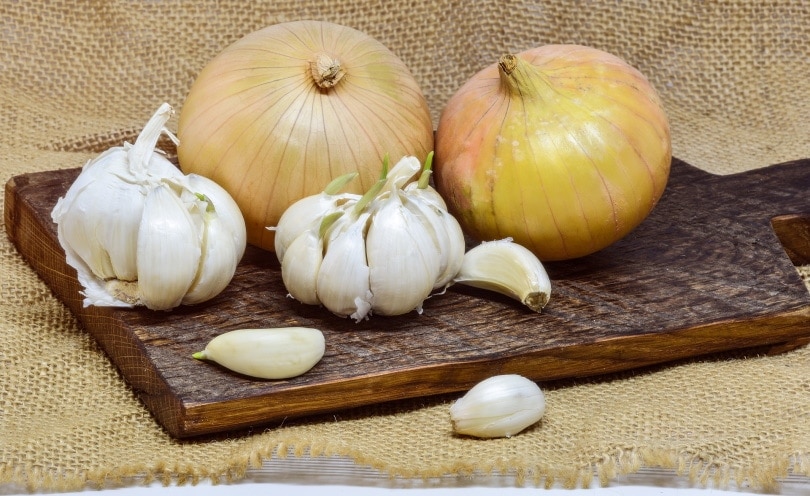
Are Fruits Healthy for Cats?
If cats can eat veggies in moderation, it only stands to reason they can eat some fruits too, and you’d be right. Fruits typically contain fiber, high water content, and sometimes other nutrients like antioxidants or vitamins. They don’t really need them, though, and your cat won’t really lose out on any nutrition they can’t get in their diet or elsewhere. In fact, cats can’t taste sugar the same way we can and most likely don’t perceive sweet foods as being sweet at all.
If you’re like most pet parents, though, you want to treat your cat from time to time and what better way to do that than with some fresh fruit? Peruse some of the healthiest fruits your cat can sample down below.
- Berries: Juicy strawberries, blueberries, and cranberries are all excellent antioxidant sources, and each has surprisingly high vitamin content along with fiber for digestion.
- Apples: Apples are a crunchy low-sugar snack filled with vitamin C. Peel and dice before serving to help your cat chew and digest it easier.
- Melon: Watermelon and cantaloupe contain lots of vitamins, minerals, and very high water content.
What Should Cats Eat?
Other than their dry food, cats are intrigued by nearly any vaguely edible smells nearby that pique their attention. For their safety, it’s up to you to carefully choose what foods they should and shouldn’t eat on a regular basis besides kibble. If you’re unsure about where to start with foods that your cat can eat daily, we’ve got you covered.
- Chicken: Chicken is an ideal daily meat to feed your cat because it’s high in protein, low in fat, and rich in taurine.
- Fish: Oily fish like sardines and tuna have tons of omega-3 fatty acids and protein, and your cat will gladly eat them all day.
- Beef: High in protein, iron, and B vitamins but also rather high in fats. Stick with leaner cuts if feeding beef to your cat daily.
- Eggs: Cooked eggs contain high levels of protein and biotics, which helps your cat’s coat stay healthy and lustrous.
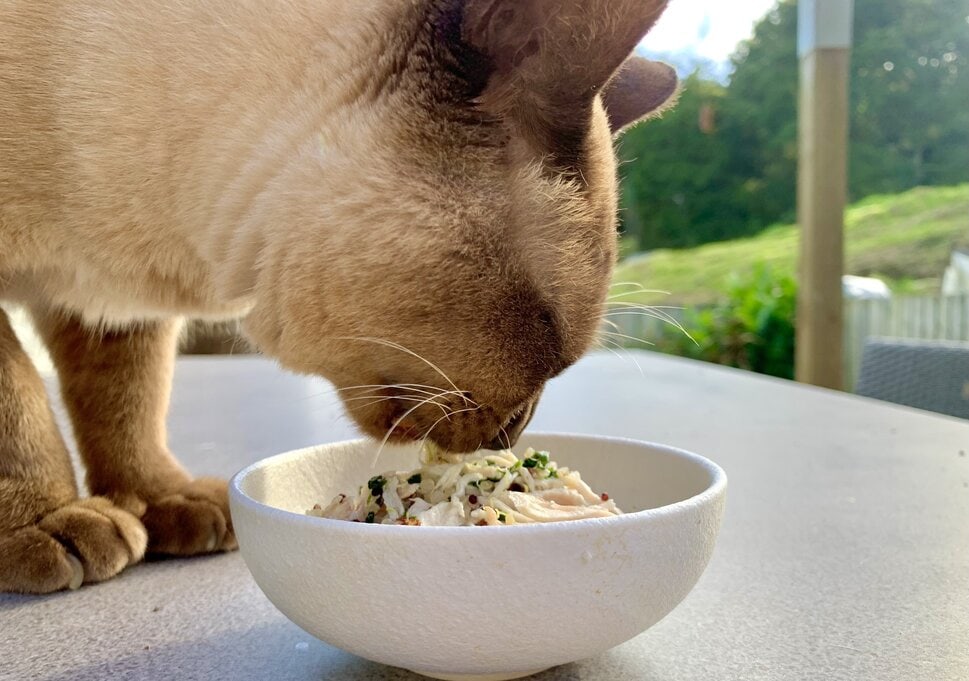
Conclusion
Cats are obligate carnivores that rely on a high-protein diet, but they can eat some veggies occasionally as a way to add variety to their food or improve their digestion. They can eat some fruits, too, but we all know that cats are meat lovers at heart, and we should keep that in mind when offering new foods.
- See also: Can Cats Eat Green Beans?
Featured Image Credit: Patrik Kraus, Shutterstock



